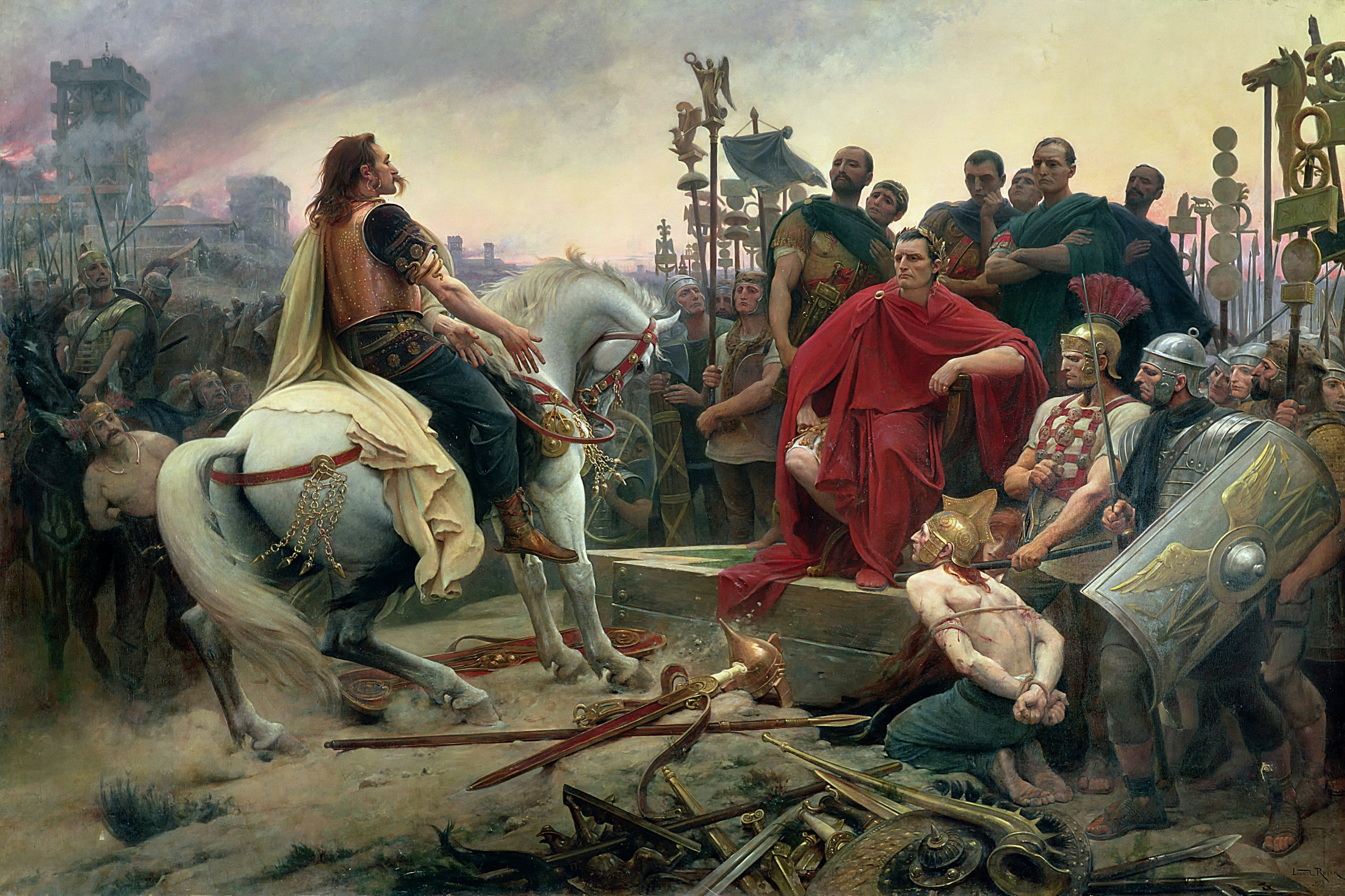The Longest Year
Posted on
"Happy he who has passed his whole life mid his own fields, he of whose birth and old age the same house is witness...For him the recurring seasons, not the consuls, mark the year; he knows autumn by his fruits and spring by her flowers."
Claudian, Carmina Minora (XX)
A large part of my interests outside of programming, a healthy portion of the stacks of books I get through each year, centers around one subject: antiquity. I've had a strong interest in history since I was a kid. The story that follows is one that I've known for a few years, but I thought it was an interesting subject and wanted to share it in my own way.
The early Roman pre-republican calendar, attributed by the Romans to the eponymous first king Romulus himself, was lunar. Built around the phases of the moon and the agricultural seasons of the Italian peninsula, the Roman year began in March at the start of spring and ended in December with the autumn planting. It consisted of ten months, just 304 days.
A year of just 304 days is missing 61 days. That's not an insignificant number of days. A single generation of the error led to seasons wildly out of sync with the calendar date. According to Livy in his The Early History of Rome, Numa Pompilius, the second king of Rome, attempted to correct the issue with the calendar by dividing the year into twelve lunar months. First by adding an additional fifty days to the year and secondly by taking a day from each month of thirty days to allow for two winter months, January and February, both of which had twenty-eight days.
A year closer to what we would recognize in the modern era had been established, however, the Romans were a superstitious people plagued with an aversion to even numbers. An additional day was added to January to avoid the unlucky number. The entire month of February was already considered to be unlucky, so they left it untouched. The Romans now had a year of 355 days, just ten days off from the astronomical year.
This calendar system went on essentially untouched until 46 BC. The Romans kept the seasons in sync by manually intercalating (inserting) those missing days. However, left untouched the Roman calendar as before would fall out of synchonicity with the seasons. That responsibility fell on the Pontifex Maximus; Rome's chief priest. In 46 BC, the Pontifex Maximus was one of the most famous people to have ever lived: Julius Caesar.
Caesar was elected Pontifex Maximus in 63 BC. It was a position he would occupy until his death until 44 BC. Just six years into his role, conflict over the migration of a Celtic tribe exploded into war. By 58 BC Caesar was fully consumed in his conquest of Gaul. Only a year after returning to the Rome in triumph, rivalries in the senate would boil over into a new war, Roman against Roman. Fought across the burgeoning empire, the four year conflict would see the death of Pompey the Great and Caesar elected by the Senate and people of Rome as dictator for life. There hadn’t been an intercalation since Caesar's election to the proconsulship in 58 BC. By his return to Rome from Egypt in 46 BC and his election to the dictatorship, there was a three month discrepancy between the seasons and the calendar date. The harvest was being celebrated before the crops had even been taken in.
When Caesar returned from Egypt, he returned with a familiarity with the Egyptian calendar. The Egyptians, unlike the Romans, used a solar calendar to track the passage of their year. With his power as Pontifex Maximus and at the direction of the Alexandrian astronomer Sosigenes, Caesar added ninety extra days to the year. Ninety. The addition meant that the year 46 BC had a length of 455 days. The addition also meant that 46 BC was now the longest year in human history. The calendar that resulted consisted of four nearly equal seasons divided into a more familiar 365 days. Because the solar year is approximately a quarter of a day longer than the calendar year, Caesar automatically inserted a single intercalary day every four years at the end of February, inventing the concept of the leap year.
Caesar went on to do a number of notable things after his reforms, now referred to as the Julian calendar, but that is where this post will leave him. The Julian year averaged exactly 365.25 days. That is extremely close, but exactly 11 minutes too long. Meaning that the calendar would gain almost a day every 128 years. By the mid sixteenth century the discrepancy had amounted to around ten days. The spring equinox, the annual event used by the Catholic Church used to calculate the date of Easter, was no longer occurring on March 21. In 1582, Pope Gregory XIII stepped in to reform the system once again. To correct the immediate issue, the Pope omitted the extra ten days from that year. 1582 only consisted of 355 days. October 4 was followed by October 15. To prevent the issue from happening in the centuries and millennia that followed, three leap years were to be omitted every four-hundred years.
The Gregorian calendar has been in use ever since.